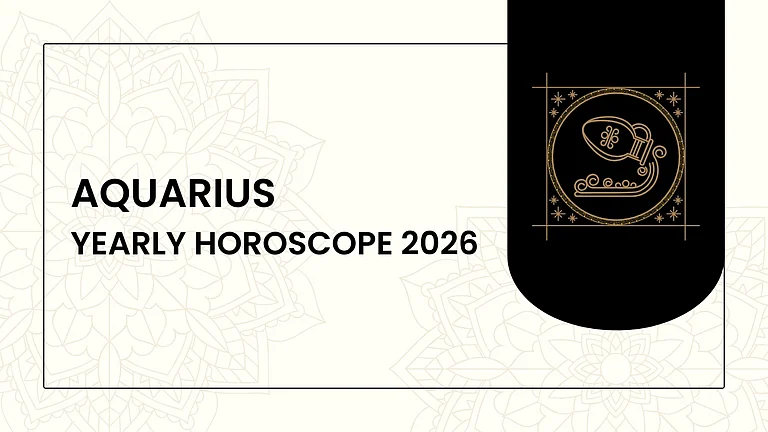Yesterday, Thursday, June 20, at precisely 20:50 Universal Time (4:50 p.m. EDT), the June solstice occurred, marking the longest day of the year in the Northern Hemisphere and the shortest in the Southern Hemisphere. This event signals the beginning of astronomical summer north of the equator and winter in the Southern Hemisphere.
What Happens During The Solstice?
During the June solstice, the sun did not set at the North Pole, providing continuous daylight, while at the South Pole, the sun did not rise, plunging it into constant darkness. This phenomenon happens because Earth's axis is tilted by 23.5 degrees, a tilt believed to be caused by an ancient asteroid impact. As Earth orbits the sun, different parts receive varying amounts of sunlight.
This week, the Northern Hemisphere was tilted toward the sun at its maximum extent. As a result, the sun rose at its farthest northeast point on the horizon, reached its highest and most northern position in the sky at midday, and set at its farthest northwest point. This extended presence of the sun in the sky resulted in the longest day of the year and heralds the arrival of warmer temperatures, though there is a slight seasonal lag before the peak of summer heat.
Conversely, in the Southern Hemisphere, the exact opposite occurred, marking the start of winter. The next solstice will take place on December 21, reversing these effects.
Why Is This Solstice Special?
This year's solstice is the earliest since 1796. Additionally, the alignment of the strawberry moon with the summer solstice is a rare astronomical event, making this year's solstice particularly notable. The full moon will peak on June 21 at 9:08 p.m. ET and will appear full from Thursday evening until Sunday morning, giving stargazers a three-day window to observe this celestial wonder.
Top 10 Interesting Facts About The Solstice
Origin of the Term: The term ‘summer solstice’ comes from the Latin words meaning “sun stands still.”
Biannual Occurrence: The solstice happens twice a year, once in each hemisphere.
Longest Day: In the Northern Hemisphere, the June solstice usually falls between June 20 and 22, marking the year's longest day.
Shortest Day: In the Southern Hemisphere, the December solstice, occurring between December 20 and 23, marks the shortest day of the year.
Sun’s Position: During the solstice, the sun is directly over the Tropic of Cancer at 23.5° north latitude, with the North Pole tilted closest to the sun.
Day Length Variation: In the Northern Hemisphere, the day length increases as one moves from the equator towards the North Pole.
Winter Solstice Effect: Conversely, during the winter solstice, the day length decreases as one moves from the equator towards the South Pole.
Ancient Monuments: Many ancient civilizations built monuments aligned with the solstices, such as Stonehenge in England and the Pyramids of Egypt.
Global Observation: This year, the solstice was globally observed on June 20 at 4:50 PM EDT and coincided with the 10th International Yoga Day.
Strawberry Moon: The rare alignment of the strawberry moon with the summer solstice adds a unique touch to this year's event, with the full moon visible from June 21 to June 23.
Enjoy the longest day of the year, whether basking in the extended sunlight of the Northern Hemisphere or experiencing the brief day of the Southern Hemisphere.



























